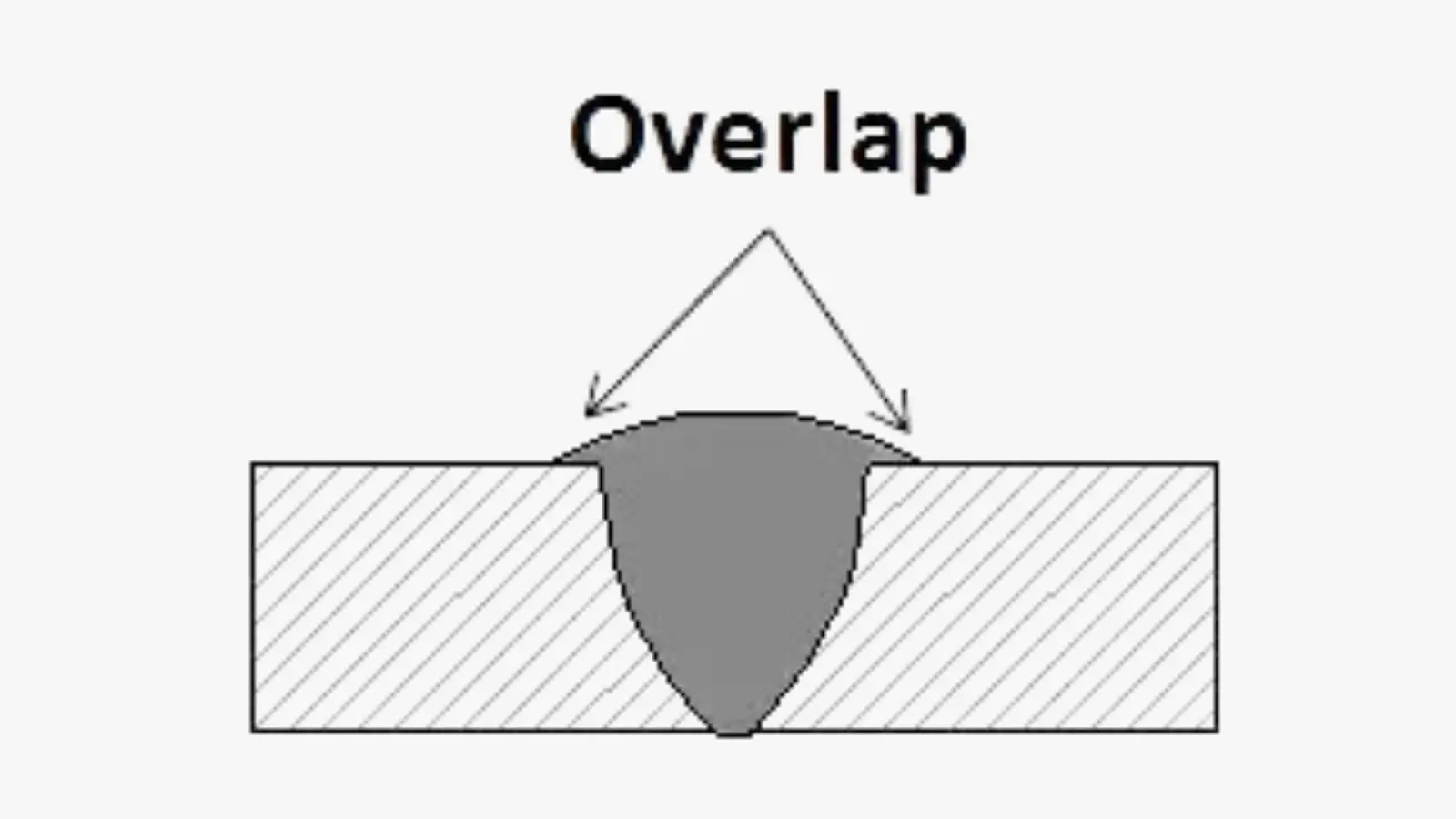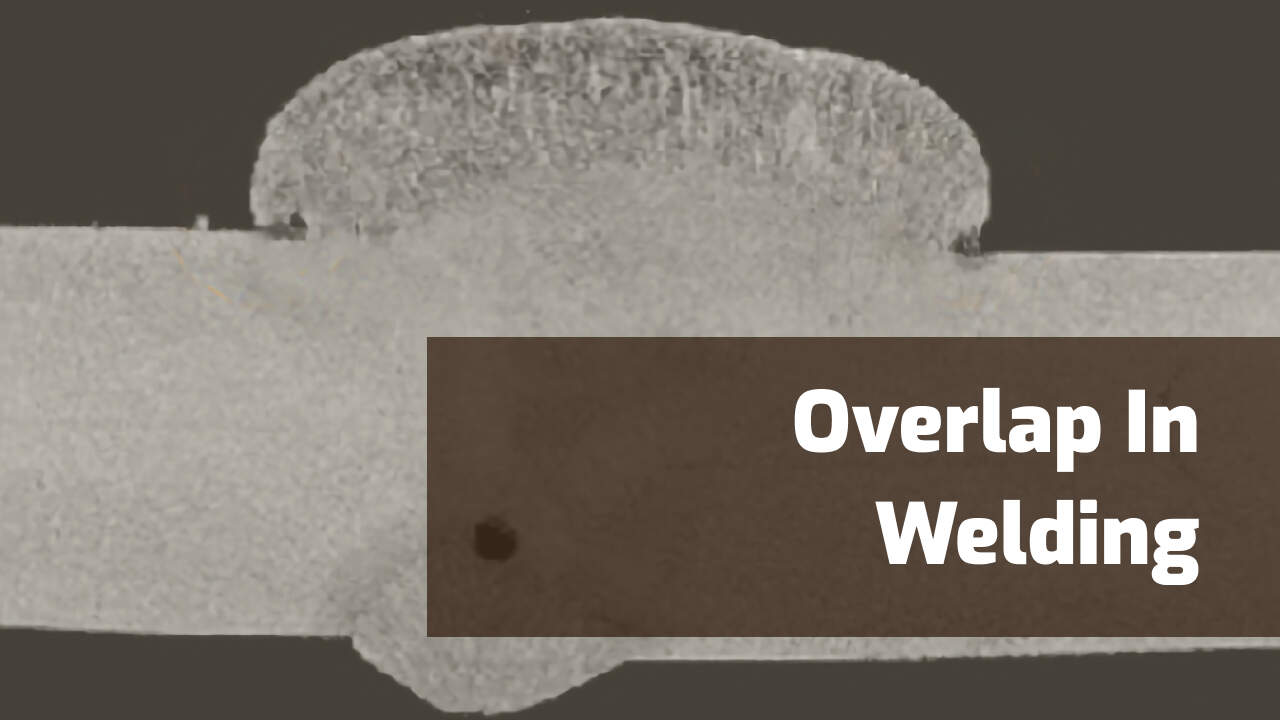Step-by-Step Guide to Preventing Weld Undercut in Different Metals
Step-by-Step Guide to Preventing Weld Undercut in Different Metals
Blog Article
A Comprehensive Overview to Identifying, Fighting, and Mending Undercut Welding Issues in Your Welding Jobs
In the realm of welding, experiencing undercut issues is an usual difficulty that can jeopardize the structural integrity and total top quality of your welding projects. Understanding the source behind undercut welding, being able to properly spot it in your welds, and executing effective preventative actions are critical skills for any welder. In addition, having the understanding and strategies to correct undercut troubles when they do happen can make a substantial distinction in the final end result of your welding ventures. Keep tuned as we check out the important parts of determining, protecting against, and dealing with undercut welding troubles, offering you with valuable insights and methods to elevate your welding abilities to the next degree.
Usual Reasons of Undercut Welding
Undercut welding, an usual concern in welding procedures, can be caused by various factors that need to be very carefully recognized and resolved to make sure the honesty of the weld joint. One of the main reasons of undercut welding is too much warmth input.
An additional usual reason for undercut welding is inappropriate welding method. Insufficient adjustment of the welding lantern or gun, incorrect angle or distance between the workpiece and the lantern, or inconsistent travel speed can all add to the development of undercut. In addition, using the wrong welding consumables or electrode size for a specific joint configuration can lead to undercut concerns. Recognizing these source and implementing rehabilitative measures is essential in preventing and remedying undercut welding issues in welding projects.
Identifying Undercut in Welds

To identify undercut accurately, appropriate lights and magnifying devices are necessary to inspect the weld joint completely. Utilizing tools such as a welding gauge or a magnifying glass can aid in spotting even the smallest undercut imperfections. In addition, running a finger or a finger nail along the weld joint can sometimes reveal undercut, as the surface area might really feel unequal or have a dip where the undercut exists.
Preventive Measures for Undercut
Having a deep understanding of the causes of undercut in welds enables the implementation of efficient precautionary measures to preserve weld high quality and stability. One important safety net is proper weld joint prep work. Making certain that the sides are clean, cost-free of pollutants, and correctly beveled can substantially decrease the possibility of undercut (Preventing weld undercut). Additionally, choosing the appropriate welding parameters, such as voltage, existing, and take a trip rate, is necessary. These settings should be maximized to stop excessive warmth input, which can bring about undercut formation.

Strategies for Repairing Undercut

Raising the welding present or reducing the travel rate can aid load in the undercut. Additionally, transforming the welding technique from a press to a drag or vice versa can additionally assist reduce undercut.
One more method is to make use of a weaving motion while welding to guarantee appropriate sidewall blend and fill in the undercut. By oscillating the welding arc from side to side within the weld joint, the welder can deposit extra filler material right into the undercut areas, efficiently removing the flaw.
Moreover, grinding out the undercut and rewelding the joint can be a practical option for extra severe undercut problems - Preventing weld undercut. This process includes eliminating the undercut area, preparing the base steel, and after that rewelding the joint with proper welding criteria and techniques to stop undercut from repeating

Expert Tips for Avoiding Undercut
Making use of proper welding strategies and preserving control over vital welding parameters are critical techniques for welders intending to prevent undercut in their weld joints. Furthermore, picking the appropriate welding process and filler metal for the details application can help stop more helpful hints undercut. Keeping a regular travel speed during the welding procedure is an additional essential tip to avoid undercut.
Verdict
To conclude, identifying, avoiding, and taking care of undercut welding issues in your welding tasks is crucial for making sure sturdy and solid welds. Preventing weld undercut. By understanding the common sources of undercut, being able to recognize it in welds, applying safety nets, and making use of appropriate strategies for dealing with undercut, you can stay clear of possible problems and produce high-grade welds. Following specialist pointers for staying clear of undercut can assist you boost your welding skills and create much better cause your jobs
Undercut welding, a typical problem in welding processes, can be created by numerous aspects that require to be meticulously determined and dealt with to ensure the stability of the weld joint. Furthermore, running a finger or a fingernail along the weld joint can sometimes disclose undercut, as the surface area may really feel irregular or have a dip where the undercut exists.
Using proper welding strategies and preserving control over essential welding specifications are essential strategies for welders intending to avoid undercut in their weld joints.In conclusion, recognizing, protecting against, and taking care of undercut welding issues in your welding projects is critical for making sure strong and durable welds. By recognizing the common causes of undercut, being able to determine it in welds, implementing preventative steps, and making use of appropriate techniques for taking care of undercut, you can avoid prospective concerns and create high-grade welds.
Report this page